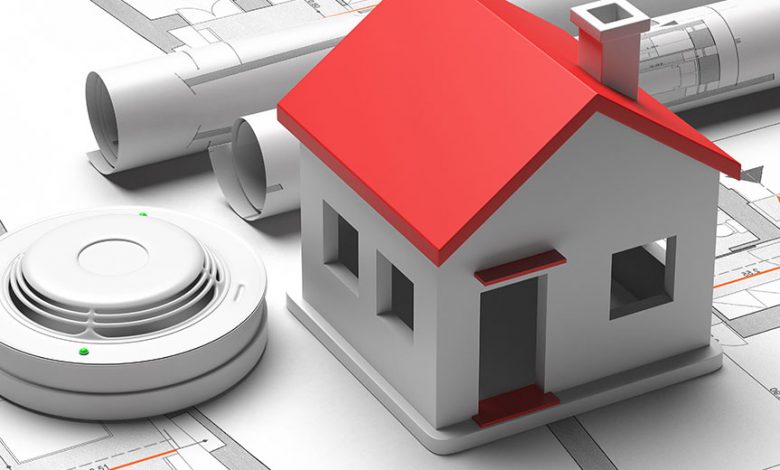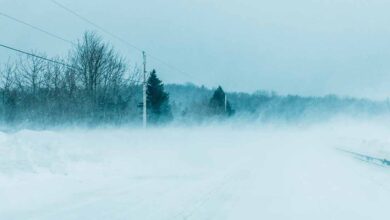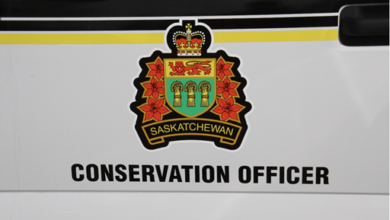
Fire Prevention Week runs from October 3rd-9th. From beeps to chirps, this year’s Fire Prevention campaign “Learn the Sounds of Fire Safety,” works to educate the public about the sounds alarms make, what they mean, and how to respond to them.
Every home in Saskatchewan should have a working smoke and carbon monoxide alarm on every level and outside all sleeping areas–far too often fatalities have occurred when there were no working alarms.
One way to see if your alarm is working is to push the test button. The alarm should produce a beep; replace the batteries if the alarm doesn’t sound and if that doesn’t work, simply replace it.
Testing your alarms is the only way to ensure they are working and that you and your family can be alerted in the event of a fire or carbon monoxide exposure.
Furthermore, knowing the different sounds your alarms make can save you, your loved ones, and your home.
What’s the difference between smoke alarms and carbon monoxide (CO) alarms? Why do I need both?
Smoke alarms sense smoke before you can. In the event of a fire, you may have as little as two minutes to escape safely. This is why smoke alarms need to be in every bedroom, outside of the sleeping areas (like a hallway), and on each level (including the basement). Do not put smoke alarms in your kitchen or bathrooms.
Carbon monoxide is an odorless, colorless gas that displaces oxygen in your body and brain and can render you unconscious before you even realize something is happening to you. Without vital oxygen, you are at risk of death from carbon monoxide poisoning in a short time. CO alarms detect the presence of carbon monoxide and alert you so you can get out, call 9-1-1, and let the professionals check your home.
How do I know which smoke and CO alarm to choose for my home?
Choose an alarm that is listed with a testing laboratory, meaning it has met certain standards for protection. Whether you select a unit that requires yearly changing of batteries, or a ten year unit that you change out at the end of the ten years, either will provide protection.
CO alarms also have a battery backup. Choose one that is listed with a testing laboratory. For the best protection, use combination smoke and carbon monoxide alarms that are interconnected throughout the home. These can be installed by a qualified electrician, so that when one sounds, they all sound. This ensures you can hear the alarm no matter where in your home the alarm originates.
For the latest information and for more updates on everything Kindersley ‘Like’ the Kindersley Social Facebook page below…








































